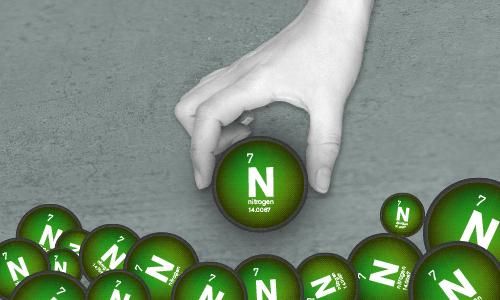A "molecular" compass shows the way to reducing animal testing
Scientists develop intelligent software tool for assessing chemical risks
In recent years, machine learning methods have become increasingly important for the risk assessment of chemical compounds. However, they are also a "black box" due to a lack of traceability and transparency, which leads to skepticism among experts and regulatory authorities. In order to increase confidence in these models, researchers at the University of Vienna have identified the areas in which these models have weaknesses. To this end, they developed an innovative software tool ("MolCompass").
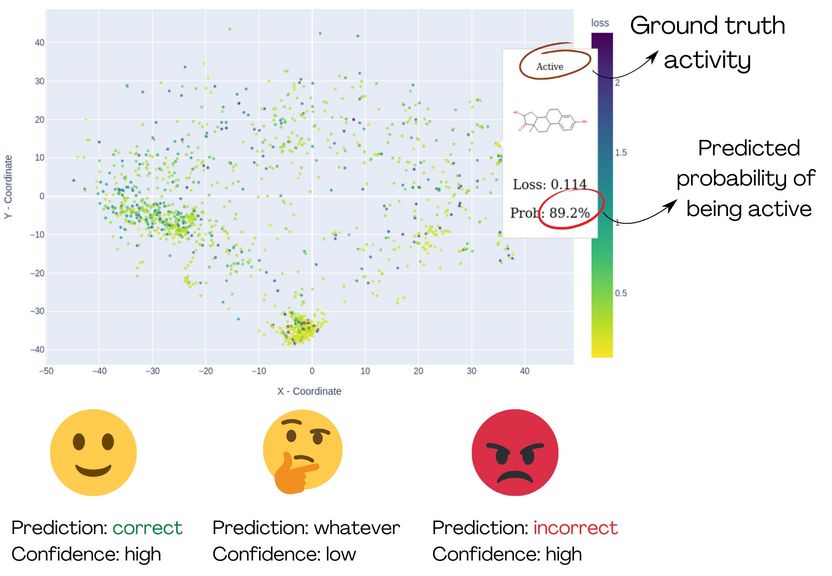
The MolCompass demonstration illustrates how computational toxicologists can identify the relevant areas of chemical space. Using the software, toxicologists can locate regions where the model under investigation predicts activity incorrectly with a high degree of certainty.
Sergey Sosnin
For many decades, new drugs and agricultural chemicals were mainly tested on animals. These tests are expensive, raise ethical concerns and often fail to accurately predict side effects in humans. As part of the RISK-HUNT3R project supported by the European Union, scientists from the University of Vienna are working on the development of the next generation of methods for animal-free risk assessment of new substances. Computer-aided methods now make it possible to fully assess the toxicological and ecological risks of new chemicals by computer without having to synthesize and test the chemical compounds. But one question remains: How trustworthy are these computer models?
It's all about reliable predictions
To investigate this problem in more detail, Sergey Sosnin, Senior Scientist in the Pharmacoinformatics Research Group at the University of Vienna, focused on binary classification. Here, a machine learning model provides a probability from 0 % to 100 % indicating whether a chemical compound is active or not (e.g. toxic or non-toxic, bioaccumulative or non-bioaccumulative, a binder or non-binder to a specific human protein). This probability reflects the confidence of the model in its prediction. Ideally, the model should only give values close to 0% (safely inactive) or 100% (safely active) for correct predictions. If the model is uncertain and gives a confidence score of e.g. 51%, these predictions should be discarded and alternative methods of risk assessment used. However, a problem arises when the model gives incorrect predictions with high probabilities.
"This is the real nightmare scenario for toxicologists," says Sergey Sosnin. "If a model predicts that a compound is not toxic with 99% certainty, but the compound is actually toxic, there is no way of knowing that something has gone wrong." The only solution is to identify in advance those areas of chemical space - i.e. possible classes of organic compounds - where the model has "blind spots" and avoid them. This requires researchers evaluating the model to check the predicted results for thousands of chemical compounds individually - a tedious and error-prone task.
Overcoming this significant obstacle
"To support these researchers," continues Sosnin, "we developed interactive graphical tools that project chemical compounds on a 2D plane, similar to geographical maps. Using colors, we highlight the compounds that were predicted incorrectly with high confidence, allowing users to identify them as clusters of red dots. The map is interactive and allows users to examine the chemical space and explore areas of concern."
The methodology was tested using a model of binding to the estrogen receptor. After visually analyzing the chemical space, it became clear that the model works well for e.g. steroids and polychlorinated biphenyls, but fails completely for small, non-cyclic compounds and should therefore not be used for these.
The software developed in this project is freely available to the scientific community on GitHub. Sergey Sosnin hopes that MolCompass will help chemists and toxicologists to better understand the limitations of computer models. This study is a step towards a future where animal testing will no longer be necessary and the only workplace for toxicologists will be a desk with a computer.
Note: This article has been translated using a computer system without human intervention. LUMITOS offers these automatic translations to present a wider range of current news. Since this article has been translated with automatic translation, it is possible that it contains errors in vocabulary, syntax or grammar. The original article in German can be found here.
Original publication
Other news from the department science

Get the chemical industry in your inbox
By submitting this form you agree that LUMITOS AG will send you the newsletter(s) selected above by email. Your data will not be passed on to third parties. Your data will be stored and processed in accordance with our data protection regulations. LUMITOS may contact you by email for the purpose of advertising or market and opinion surveys. You can revoke your consent at any time without giving reasons to LUMITOS AG, Ernst-Augustin-Str. 2, 12489 Berlin, Germany or by e-mail at revoke@lumitos.com with effect for the future. In addition, each email contains a link to unsubscribe from the corresponding newsletter.
Most read news
More news from our other portals
Last viewed contents
Polybenzimidazole_fiber

The AETX files: Work to unravel widespread bald eagle fatalities gathers pace - Scientists succeed in totally synthesizing eagle killer venom
Category:Muscle_relaxants
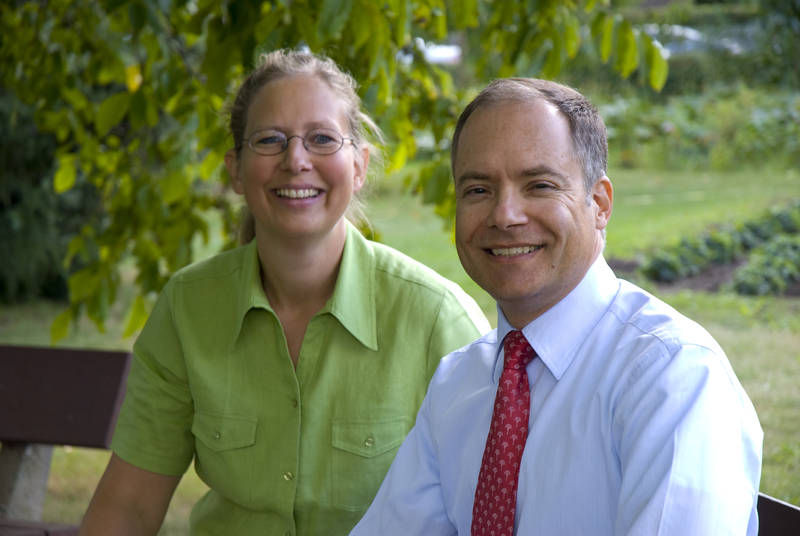
A change in the KNAUER management
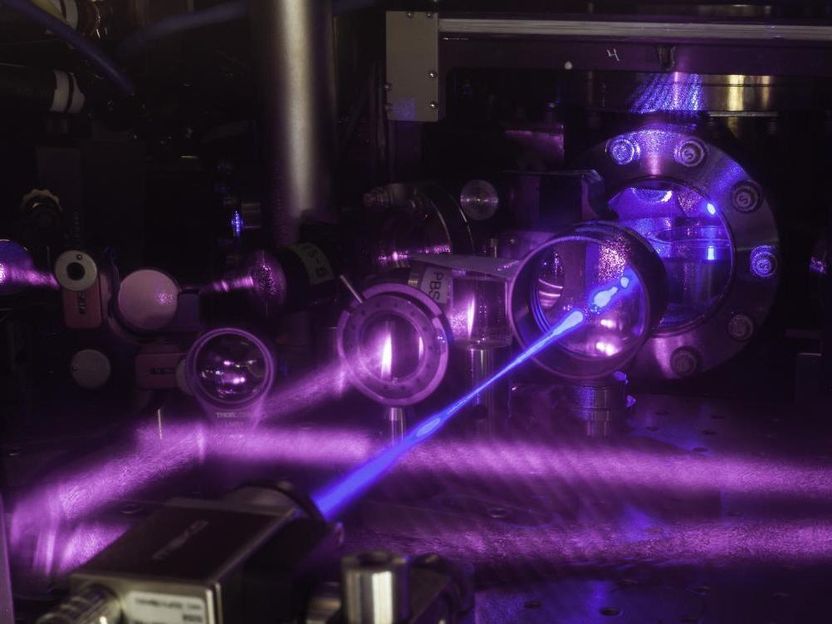
3-D quantum gas atomic clock offers new dimensions in measurement
Bismarck_brown_Y
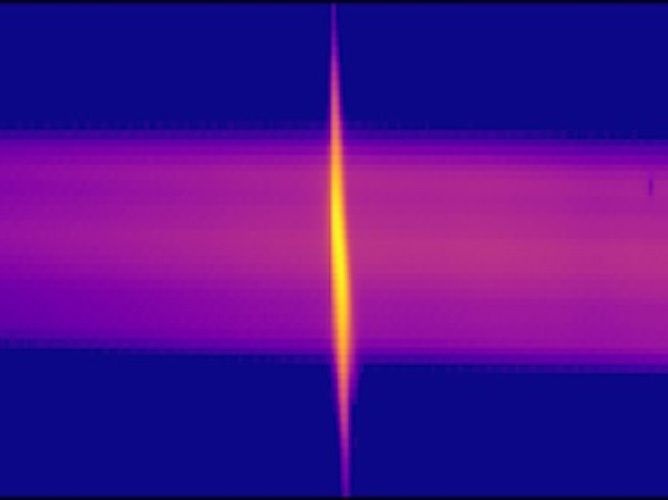
Superfluorescent emission in the UV range - Free-electron laser FLASH coaxes superfluorescent emission from the noble gas xenon
Bryostatin

3D-printed lithium-ion batteries
